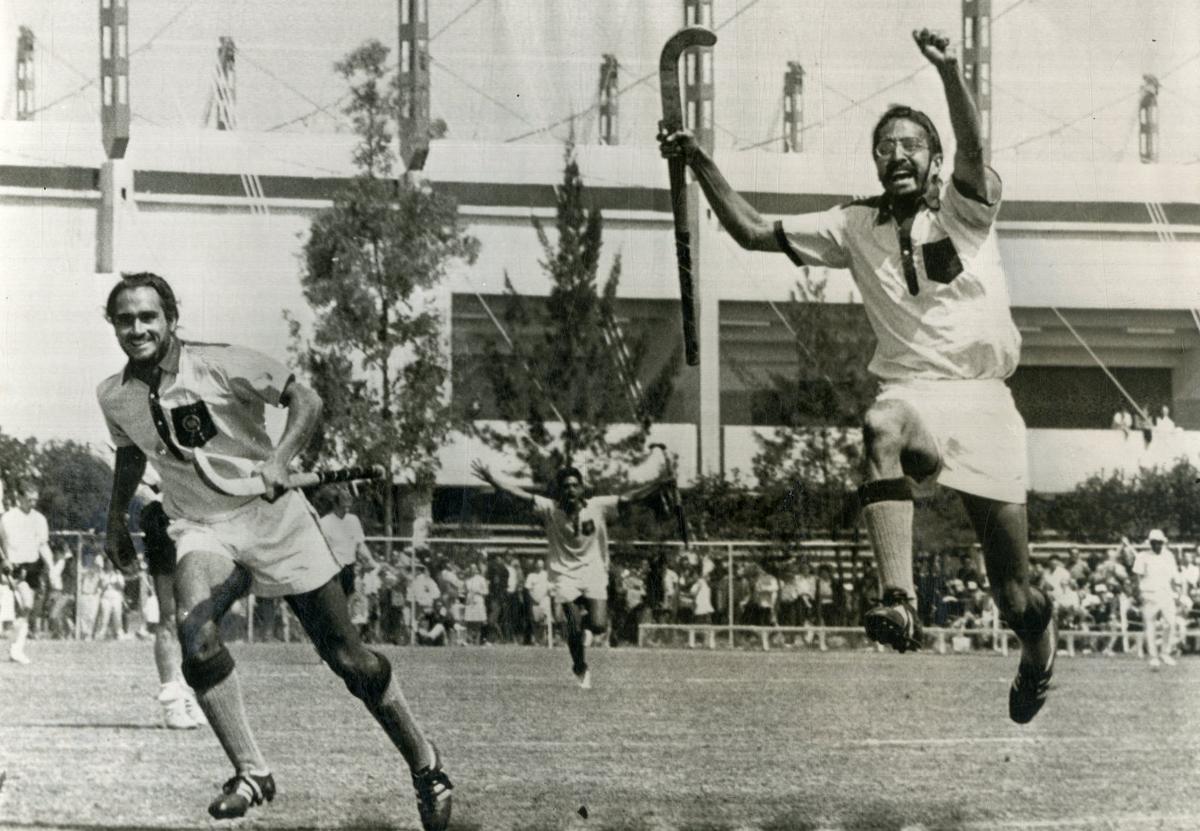Olympics Special Interview Gurbux Singh: Indian hockey’s redemption song in Tokyo
The 1964 Tokyo Olympics was crucial for Indian hockey. After losing the gold medal in the 1960 Rome Olympics and the Asian Games golds in 1958 (Tokyo) and 1962 (Jakarta) to Pakistan, India aimed to reclaim its top position.
To prepare, the team toured New Zealand before the Olympics. After visiting Malaysia, we travelled to Tokyo. In New Zealand, we lost the first test match, and I was moved to the left-half position, which I had played in 1961. We won the next two matches, and I remained a left-half for the Olympics.
India had a shaky start, drawing against Germany and Spain, which threatened our semifinal chances. After the draw with Spain, the team and management decided to reshuffle player positions. That was the time when substitutions were not allowed during the match.
It was decided to move John Peter to the inside-right and Haripal Kaushik to inside-left. This strategy worked, and India won all its matches before facing Australia in the semifinal. Playing in great rhythm, we dominated Australia and won 3-1.
Next, we aimed to reclaim the gold from Pakistan, which we had lost in 1960 (India had won gold in the 1956 Melbourne Olympics). Before the final, we held a long meeting, recalling Pakistan’s rough play from the 1962 Asian Games, where two of our players were injured. We decided to retaliate if they played rough, with the resolve to hit back twice as hard.
The final was delayed due to the bronze medal match, which seemed to make Pakistan nervous. As expected, they played rough, and one player tried to hit our centre-forward Harbinder who retaliated and received a yellow card. Pakistan dominated the first 10 minutes with rough play, but after the Harbinder incident, we fought back and gained the upper hand.

Gurbux Singh (right).
| Photo Credit:
The Hindu Photo Library
Gurbux Singh (right).
| Photo Credit:
The Hindu Photo Library
We began creating chances, with Haripal Kaushik and Darshan Singh missing close opportunities. Then, a penalty corner taken by Prithipal Singh struck Pakistan’s left-back Munir Dar’s leg, earning us a penalty stroke. Mohinder Lal, an expert at penalty strokes, converted the chance, sending the ball high into the net.
The Pakistan goalkeeper was short, and Mohinder used it to his advantage. We led early in the second half. Pakistan applied pressure towards the end, earning several penalty corners, but our goalkeeper, Shankar Lakshman, made crucial saves.
With only a minute or two left, I anxiously watched the clock, which seemed to move slowly. Defending our slender lead was nerve-wracking, but we held on and celebrated our golden triumph. Indian athletes like Raja Karni Singh, Milkha Singh, and Ashwini Kumar joined us on the field and started doing bhangra.
Raja Karni Singh even twisted his ankle in excitement but ignored the pain in the jubilation.
Given the fresh memories of Partition in 1947, there was intense on-field rivalry between India and Pakistan, but off the field, we maintained cordial relations. The Pakistanis jokingly called me “professor” because of my spectacles. Most players on both teams were Punjabis, making it a contest among players from the same region.
Beyond our victory, I remember American sprinter Bob Hayes winning the men’s 100m in record time, an impressive feat as he was built like a wrestler. The Games Village in Tokyo had a charming atmosphere with cottages and bicycles for moving around, contrasting with the tall buildings we encountered at the 1968 Mexico Olympics. The courtesy of the hosts and volunteers in Tokyo was remarkable.
As told to Amitabha Das Sharma


